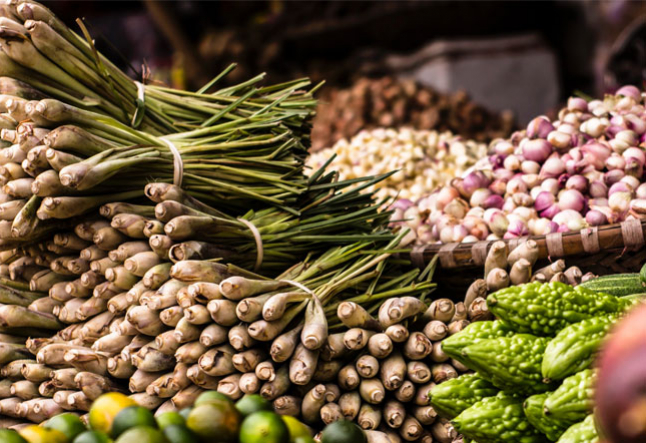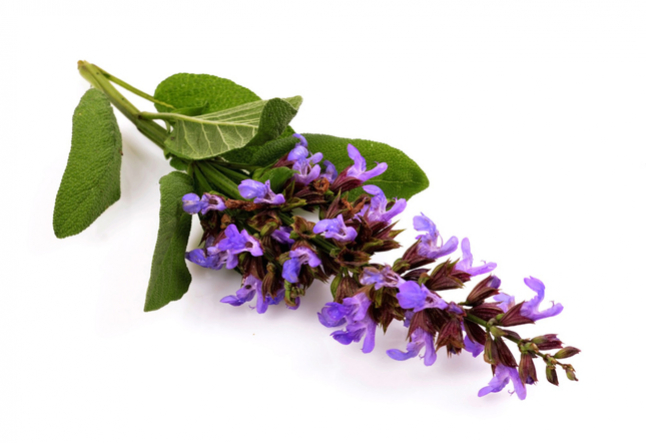Spiritual properties of lemongrass: unlocking nature’s aromatic treasure

Lemongrass, a member of the Cymbopogon genus, holds more than just culinary or medicinal value—it carries a profound spiritual significance.
This aromatic grass, native to tropical and subtropical regions, has been revered for centuries for its ability to heal, uplift, and transform. Let’s explore the spiritual properties and holistic benefits of lemongrass in detail.
Key Takeaways: The spiritual essence of lemongrass
- Cleansing and Purification: Lemongrass is a natural tool for clearing negative energy and purifying spaces.
- Mental Clarity and Focus: Its aroma promotes mindfulness, relieves emotional tension, and fosters mental clarity.
- Energy Balancing: Lemongrass harmonizes energy centers, particularly the solar plexus chakra, enhancing spiritual growth.
- Eco-Spiritual Symbol: Representing abundance and harmony, lemongrass aligns with sustainable and mindful living practices.
- Holistic Applications: From aromatherapy and energy healing to Ayurvedic uses, lemongrass supports physical, mental, and spiritual well-being.
1. Lemongrass: a sacred symbol of purification
Lemongrass is often used in spiritual practices for its cleansing properties.
In many cultures, burning lemongrass or using its essential oil in diffusers is believed to clear negative energies, purify spaces, and create a harmonious environment. Its bright, citrusy aroma is thought to enhance clarity, renew focus, and remove stagnant energies that block spiritual growth.
2. Uplifting the spirit through aromatherapy
The sweet, refreshing scent of lemongrass uplifts the mind and spirit. It is widely used in meditation practices to promote calmness and mental clarity.
By stimulating the senses and reducing fatigue, lemongrass creates a perfect setting for introspection, mindfulness, and deeper spiritual connections.
Key Benefits:
- Enhances Mental Focus: Clears mental fog and energizes the mind.
- Relieves Emotional Tension: Soothes anxiety and reduces stress.
- Promotes Spiritual Awakening: Encourages positivity and self-awareness.
3. Aiding in spiritual healing
Lemongrass is a powerful tool in energy healing practices. It is believed to balance the body’s energy centers (chakras), particularly the solar plexus chakra, which governs personal power and self-esteem.
Its anti-inflammatory and antiviral properties not only heal the body but are also considered to enhance the flow of prana (life force energy).
How to use lemongrass spiritually:
- Add a few drops of lemongrass oil to your bath for a purifying ritual.
- Use lemongrass-infused water to cleanse your space or altar.
- Meditate with the aroma to deepen your spiritual practice.
4. Connecting to earth’s abundance
Fields of lemongrass are not just visually stunning but spiritually grounding. This grass represents the abundance and nurturing qualities of Mother Earth.
Incorporating lemongrass into daily rituals reminds us to stay rooted in gratitude and embrace life’s natural cycles. Its grounding energy is perfect for those seeking balance in an increasingly chaotic world.
5. Lemongrass in ayurveda and traditional healing
In Ayurveda, lemongrass is cherished for its tridosha balancing properties. Its anti-pitta effects cool the mind and body, making it ideal for calming fiery emotions and restoring inner peace.
Lemongrass is also a key ingredient in Ayurvedic massages, offering not just physical relief but also an energetic reset.
Ayurvedic applications:
- Sinus Relief: Opens pathways for prana and clears mental clutter.
- Spiritual Massage: Reduces muscle stiffness while releasing stored emotional tension.
- Aroma Therapy: Revitalizes the spirit while balancing the body’s energy.
6. Creating an invigorating sacred space
Using lemongrass in sacred spaces enhances the spiritual ambiance.
Its bright, clean fragrance promotes positive energy flow, making it ideal for yoga studios, meditation rooms, or any sanctuary where inner peace is sought.
Simple rituals:
- Diffuse lemongrass oil to cleanse the energy before meditation.
- Combine with palmarosa or gingergrass for a deeply spiritual blend.
- Place lemongrass leaves in a bowl of water as an offering to invite blessings.
7. The eco-spiritual impact of lemongrass
Beyond its spiritual properties, lemongrass symbolizes sustainability and harmony with nature. Its ecological benefits, such as enriching soil fertility and providing natural pest control, align with the wellness community’s ethos of living in balance with the Earth.
By embracing lemongrass, we also honor our responsibility to care for the planet.
Lemongrass offers much more than its zesty aroma or culinary versatility. From its cleansing and healing powers to its grounding and uplifting energies, it is a potent ally on the journey to spiritual growth and holistic well-being.
The next time you savor its flavor in a meal or use its oil in a diffuser, take a moment to honor its sacred properties and the countless gifts it bestows.
Read Next: Essential Oils
FAQ: Spiritual properties of lemongrass
1. What are the spiritual benefits of lemongrass?
Lemongrass is known for its cleansing and uplifting properties. It clears negative energy, enhances focus, and creates a harmonious environment for meditation and spiritual practices.
2. How can I use lemongrass for spiritual purposes?
You can use lemongrass essential oil in diffusers, add it to bathwater for purification, or use lemongrass-infused water to cleanse your space or altar. Its aroma also supports mindfulness and clarity during meditation.
3. Does lemongrass help with energy healing?
Yes, lemongrass is believed to balance energy centers (chakras), especially the solar plexus chakra. It promotes the flow of prana (life force energy) and helps release emotional blockages.
4. Can lemongrass be used in sacred spaces?
Absolutely. Diffusing lemongrass oil or incorporating its fragrance into your sacred space enhances positive energy, clears stagnant energy, and creates an uplifting atmosphere.
5. Is lemongrass used in traditional healing systems?
Yes, in Ayurveda, lemongrass is valued for its tridosha balancing effects, cooling properties, and ability to reduce inflammation, stress, and emotional tension.




